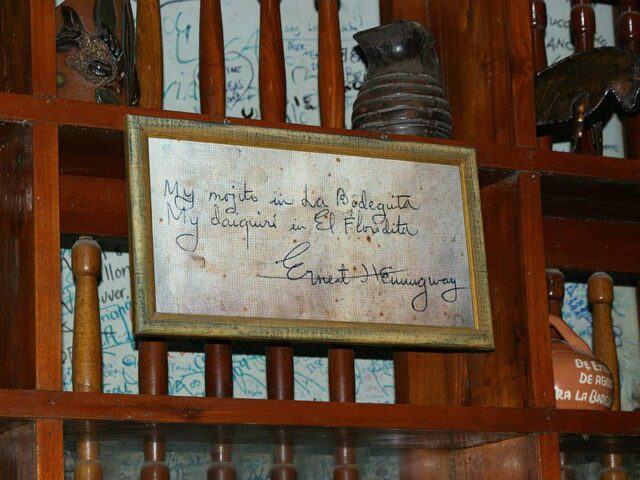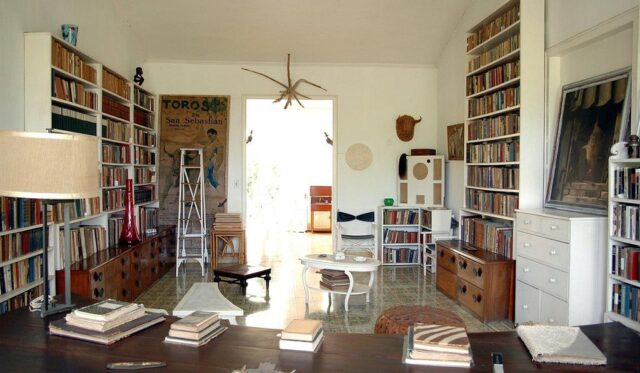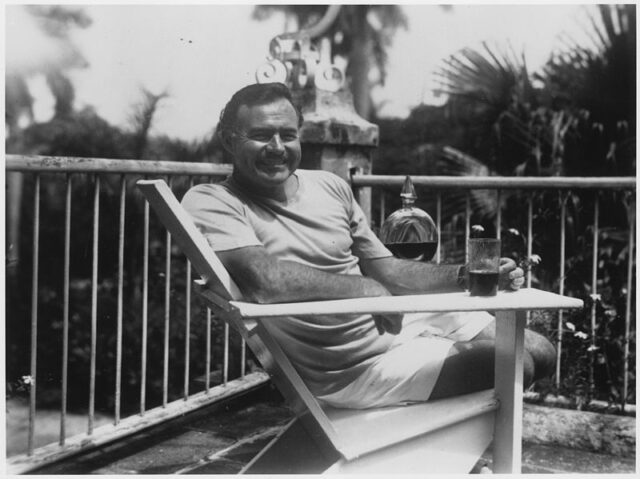From Smithsonian Magazine:
When Ernest Hemingway penned his novel The Old Man and the Sea at his farm outside Havana, he likely had no idea the success it would receive, garnering him both a Pulitzer Prize in fiction in 1953 and a Nobel Prize in literature in 1954.
When it was announced, 65 years ago on October 28, that he had won the Nobel, Hemingway thought other writers were better suited to the award. “As a Nobel Prize winner I cannot but regret that the award was never given to Mark Twain, nor to Henry James, speaking only of my own countrymen,” he told the New York Times, just two hours after the official word from Stockholm. “Greater writers than these also did not receive the prize. I would have been happy—happier—today if the prize had gone to that beautiful writer Isak Dinesen, or to Bernard Berenson, who has devoted a lifetime to the most lucid and best writing on painting that has been produced, and I would have been most happy to know that the prize had been awarded to Carl Sandburg. Since I am not in a position to—no—since I respect and honor the decision of the Swedish Academy, I should not make any such observation. Anyone receiving an honor must receive it in humility.”
. . . .
The writer first found his way to Cuba with his second wife, Pauline Pfeiffer, in April 1928. It was a simple layover in Havana en route from Paris to Key West, but the city captured his attention enough for him to return to the country multiple times and eventually purchase his own residence there in 1940 (this time with his third wife, Martha Gellhorn). His farm was built by Spanish architect Miguel Pascual y Baguer in 1886 and sits about 15 miles outside Havana, with a guesthouse and a view to downtown.

(Creative Commons)
“I live in Cuba because I love Cuba—that does not mean a dislike for anyplace else,” Hemingway once told Robert Manning at The Atlantic. “And because here I get privacy when I write.”
Hemingway loved Cuba so much that he dedicated his Nobel Prize to the country, noting (according to the Independent) that “This is a prize that belongs in Cuba, because my work was conceived and created in Cuba, with my people of Cojimar where I’m a citizen.”
Finca Vigía

Hemingway and his third wife, Martha, bought this 1886 house in 1940, after Martha discovered it in local ads the year before. The author lived here for 20 years, penning The Old Man and the Sea and finishing For Whom the Bell Tolls, among other works, from within its walls. He and his fourth wife, Mary Welsh (who moved in after Ernest and Martha divorced in 1945) abandoned the house in 1960, following Castro’s rise to power. The house is now owned by the Cuban government and operated as a museum. Everything has been meticulously preserved as it was when Hemingway left—bottles still sit on a serving tray, thousands of books still line the shelves and magazines are still spread out on the bed. It’s all authentic to the day the author and his wife left. His fishing boat, Pilar, is preserved at the house as well, tucked inside a shelter on the property.
Link to the rest at Smithsonian Magazine

I want to know what color that T-shirt is, don’t you?